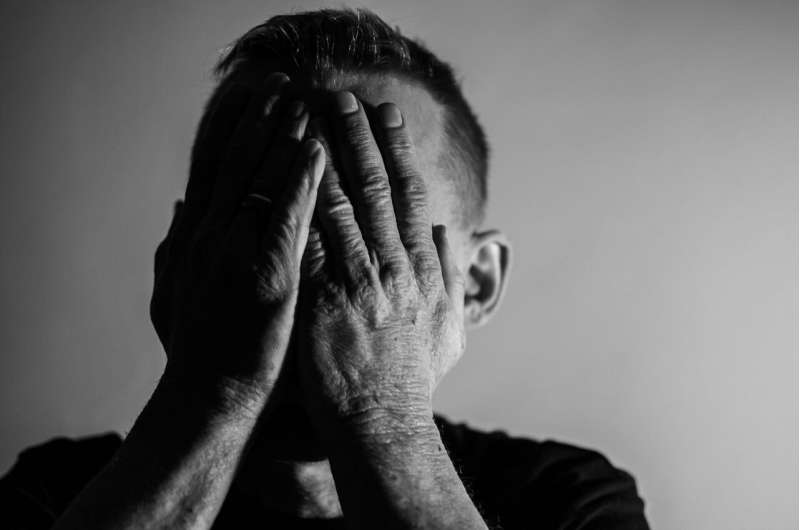Credit: CC0 Public Domain
Fatigue, breathlessness and other symptoms that persist after COVID-19 can be improved by a six-week virtual exercise program, an Irish study being presented at this year's European Congress of Clinical Microbiology & Infectious Diseases (ECCMID) in Lisbon, Portugal (23-26 April) suggests.
"Recovery from COVID-19 is complex, with many patients still experiencing persistent symptoms including breathlessness, debilitating fatigue, joint pains, chest pain and much more, weeks, months and, for some people, even years following acute infection," says Kate O'Brien, of St James's Hospital, Dublin, Ireland, a physiotherapist and the lead researcher.
"These symptoms can be present regardless of how severe their initial infection with SARS-CoV-2 may have been and affect their quality of life, ability to exercise, to work and to resume their normal societal roles.
"Many patients express a wish to get back into exercise but don't know where to start and are too apprehensive or anxious to try on their own, fearing they may worsen their symptoms.
"Existing exercise classes for patients with other conditions do not cater for their needs and so we designed a specific recovery program for COVID-19 patients."
The program, the first in Ireland, consists of two 50-minute virtual exercise classes a week, for a minimum of six weeks. Patients carry out circuits consisting of squats, lunges, stretches and other aerobic and strength-based exercises.
The intensity of the sessions increases gradually over time, as the patients build up their exercise tolerance.
Holding the classes virtually increases accessibility by allowing patients to log in from their office or home, as well as making it easier for patients who don't live locally to participate.
Sixty patients (42% male, median age 45 years) who were experiencing persistent symptoms at least six weeks after being diagnosed with COVID-19 were referred to the recovery program. Symptoms included including breathlessness on exertion, reduced exercise tolerance and muscle weakness.
Preliminary data on the first 40 to complete the program is presented here.
Assessments were carried out the start and end of the program to measure physical fitness and breathlessness (as assessed by the 6-Minute Walk Test), fatigue (Chalder Fatigue Score) and health-related quality of life (Short-Form-36 scores).
The program led to a significant increase in the distance the participants could walk in six minutes.
They were able to walk 34% further, on average, than at the start of the study (512.9m vs 382.4m). Improvements were seen in 93.5% of patients (defined as being able to walk at least 30m further), the rest experienced no change.
The patients also experienced a clinically significant improvement in breathlessness and improvements in quality of life. Improvements were seen in areas including ability to carry out everyday activities such as climbing the stairs and carry groceries, having more energy and feeling in better overall health.
Fatigue levels improved significantly in more than 70% of patients. 23% of patients experienced no change in their fatigue levels and none were more fatigued than before. (One patient has, however, since left the class, due to worsening fatigue.)
Ms O'Brien, who devised the SJH Post-COVID-19 Virtual Recovery Program, says: "These preliminary findings suggest a physiotherapist-delivered virtual post-COVID-19 recovery program can improve exercise capacity, breathlessness and quality of life without exacerbating fatigue."
Feedback has been collected from patients. Examples include "Thank you for helping me to fall in love with exercise again" and "The classes gave me the confidence I really needed to get back to normality".
Provided by European Society of Clinical Microbiology and Infectious Diseases
























